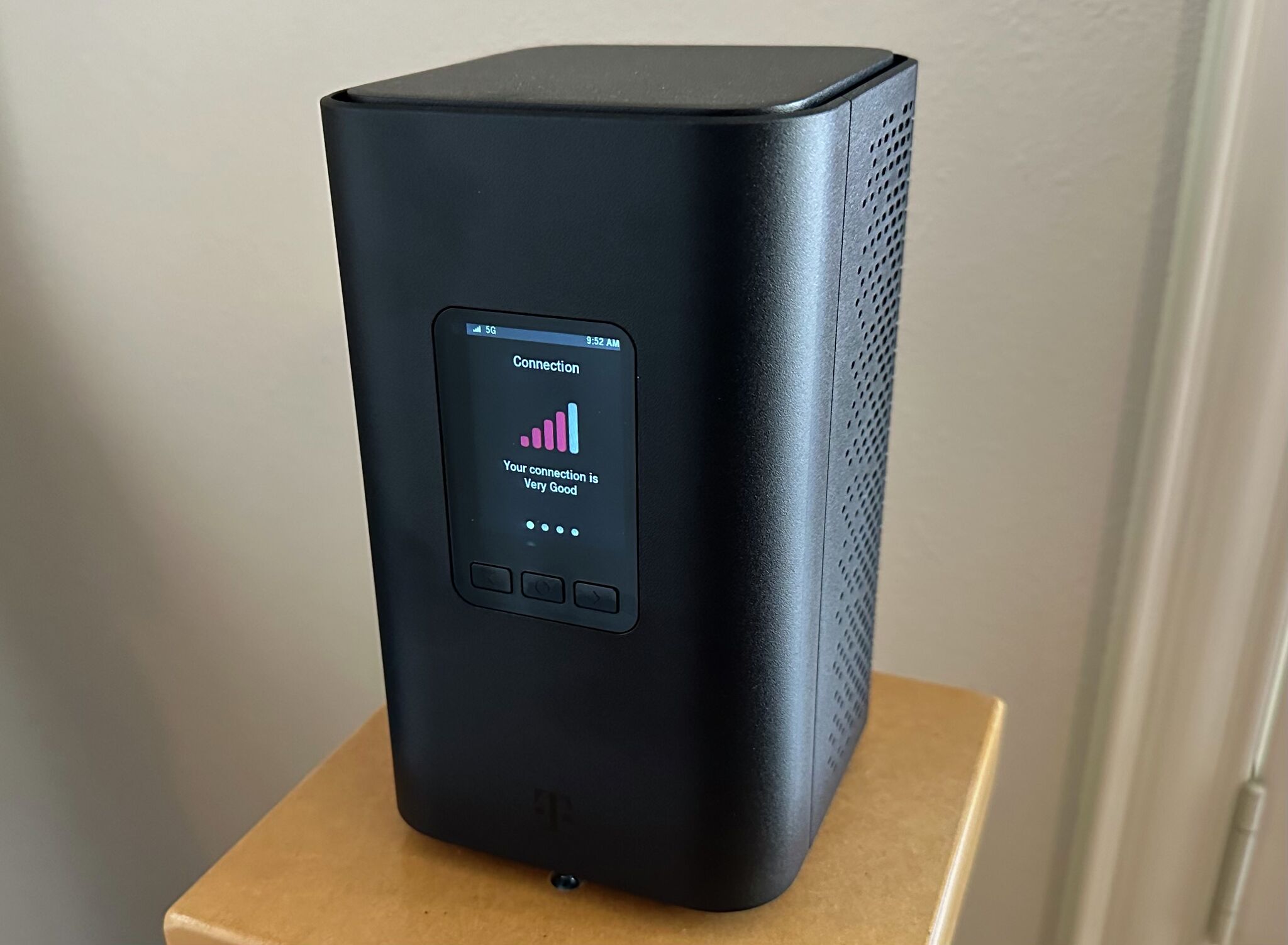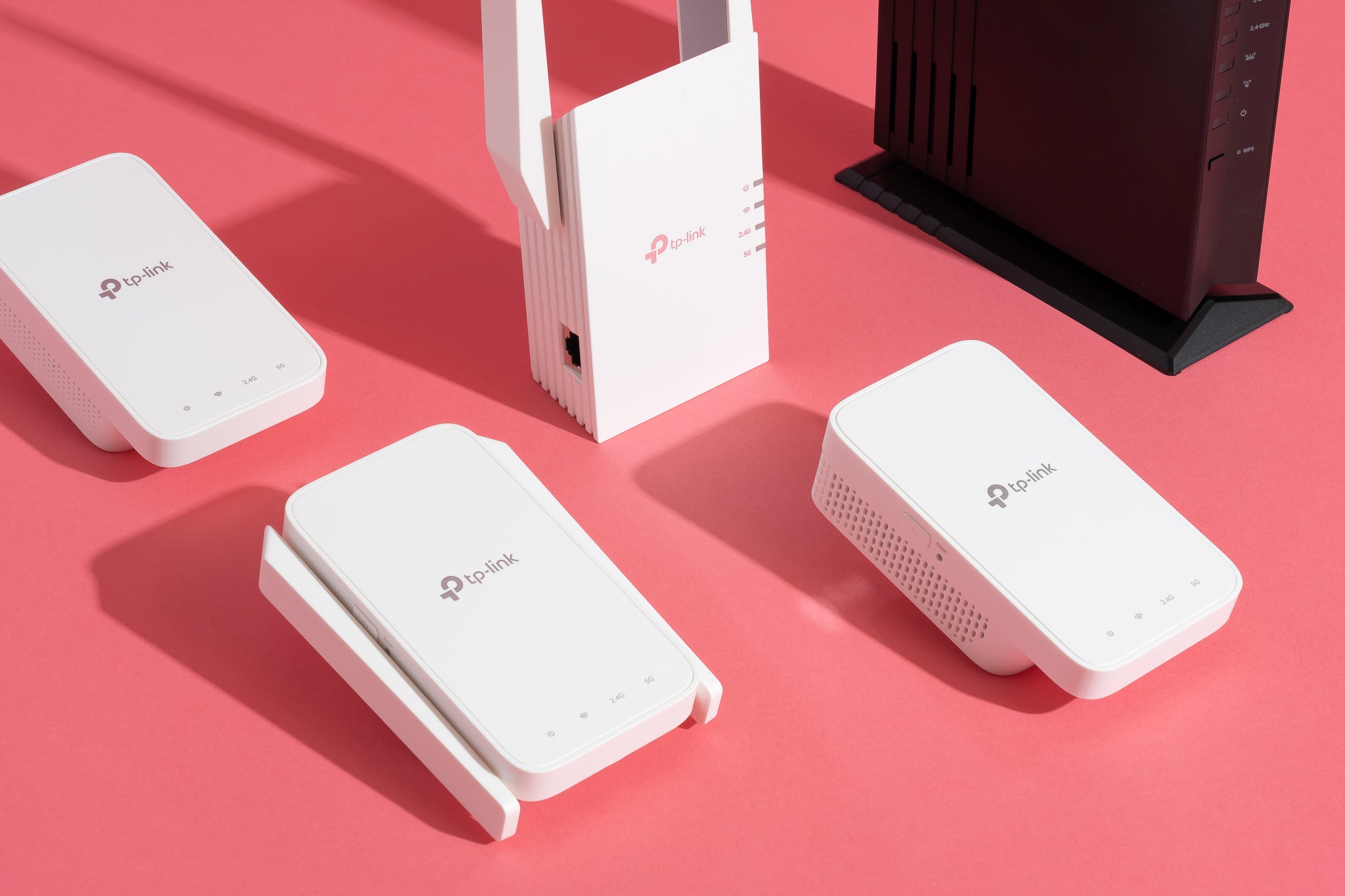T mobile home internet booster
As of my last update in January 2024 T Mobile Home Internet users looking to improve their signal strength and overall internet performance might consider using a signal booster. A signal booster also known as a network extender can enhance the cellular signal which in turn can improve the quality of your home internet connection. Here an overview of how a signal booster works and considerations for T Mobile Home Internet users:
Understanding Signal Boosters of T mobile home internet booster
- Functionality: A signal booster works by amplifying the cellular signal received from a nearby cell tower. It typically consists of an external antenna (which captures the signal) an amplifier unit (which boosts the signal) and an internal antenna (which rebroadcasts the amplified signal).
- Benefits: The primary benefit of using a signal booster is improved signal strength which can lead to better internet speeds reduced latency and more stable connections especially in areas with weak cellular signals.
- Types of Boosters: There are different types of signal boosters including those specifically designed for home use. Some boosters are carrier specific while others are universal and work with multiple cellular networks.
Signal Boosters for T mobile home internet booster
- Compatibility: Ensure that any signal booster you consider is compatible with T Mobile network frequencies. T Mobile primarily uses certain bands for its 4G LTE and 5G network so the booster should support these bands.
- T Mobile Own Solutions: T Mobile may offer signal boosters that are specifically designed to work with their network. It worth checking with T Mobile directly to see if they provide such devices either for sale or as part of your service package.
- Third Party Boosters: There are also third party signal boosters available on the market. When selecting a third-party booster look for one that explicitly states compatibility with T Mobile network.
Installation Considerations of T mobile home internet booster
- Placement of External Antenna: The external antenna should be placed where the cellular signal is strongest typically outside the building or near a window. The higher the antenna is placed the better the signal reception is likely to be.
- Distance Between Components: There should be sufficient distance between the external antenna and the internal antenna to prevent oscillation (feedback loop) which can occur if the two antennas are too close to each other.
- Professional Installation: Depending on the complexity of the signal booster system professional installation might be recommended to ensure optimal placement and setup.
Legal and Regulatory Compliance of T mobile home internet booster
- FCC Regulations: In the United States, signal boosters must comply with FCC regulations. These regulations are designed to prevent interference with cellular networks and ensure effective operation of the boosters.
- Carrier Approval: Some carriers require customers to register their signal boosters. Check with T Mobile regarding their policy on booster registration.
Selecting the Right Signal Booster
- Understanding Specifications: When choosing a signal booster pay attention to its specifications such as gain (measured in dB) coverage area and supported frequency bands. A higher gain typically translates to a stronger boost in signal strength.
- Reading Reviews and Ratings: Look for reviews and ratings of different signal boosters especially from users in similar situations or geographic areas. This can provide insights into the real world performance of the booster.
- Budget Considerations: Signal boosters vary in price. Balance your budget with the features and performance you need. Sometimes investing in a more expensive higher quality booster can be more cost effective in the long run due to better performance and durability.
Potential Challenges and Solutions of T mobile home internet booster
- Finding the Best Location: The effectiveness of a signal booster largely depends on the placement of the external antenna. It may take some trial and error to find the optimal location with the strongest signal.
- Dealing with Physical Obstacles: In urban areas or locations with complex topographies physical obstacles like buildings or hills can impede signal strength. An external antenna placed at the highest possible point can help mitigate this issue.
- Avoiding Interference: Ensure that the signal booster does not interfere with other wireless devices in your home. Following the manufacturer guidelines for installation and spacing can help avoid such issues.
Alternative Solutions of T mobile home internet booster
- WiFi Mesh Networks: If your primary issue is WiFi coverage rather than cellular signal strength a WiFi mesh network system might be a more suitable solution. These systems use multiple connected units to provide comprehensive WiFi coverage throughout your home.
- Wired Solutions: For stationary devices like desktop computers or gaming consoles consider using a wired Ethernet connection for a more stable and faster internet experience.
- Consulting with T Mobile: Before investing in a signal booster consult with T Mobile. They might have specific recommendations or solutions tailored to their network and your location.
Regular Maintenance and Monitoring
- Software Updates: Keep the software of your signal booster up to date. Manufacturers may release updates that improve performance or add new features.
- Signal Strength Monitoring: Regularly monitor the signal strength and performance of your internet connection. This can help you identify any issues early and adjust the booster or its placement as needed.
- Technical Support: Utilize technical support from the signal booster manufacturer if you encounter issues or have questions about your device.


Leave a Comment